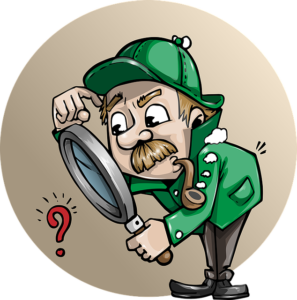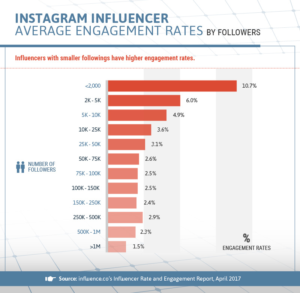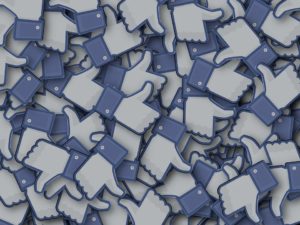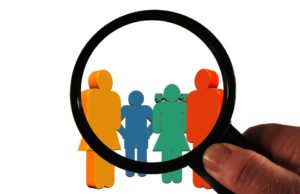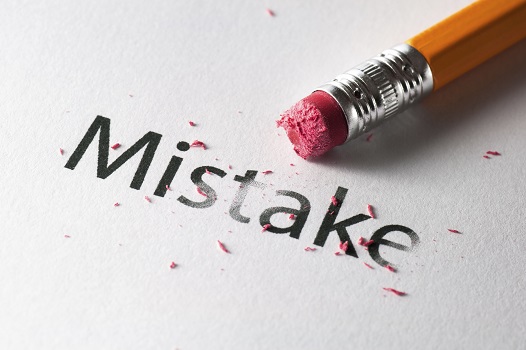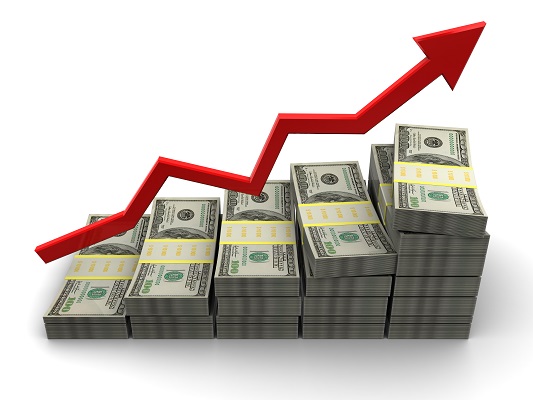One of the trickiest parts of working with celebrities is figuring out which one offers the most bang for your buck. Truth be told, there really aren’t a lot of ways to measure a celebrity’s reach.
If the celebrity is an actor or musician, you can use their box office receipts or album sales to get a rough idea, but those aren’t a great predictor of how a partnership with a celebrity will help your brand. By far the most straightforward way to measure a celebrity’s popularity is by looking at their social media following: the more followers they have, the more popular they are.
Unfortunately, in order to make themselves more attractive to potential brand partners, some celebrities have started artificially boosting their social media presence by buying fake followers. It’s important to be able to tell when a celebrity has fake followers so you don’t expect more from them than they can actually deliver.
Why It Matters
You might be wondering “Who cares if they pay for followers? They’re still a celebrity.” To some degree, that’s true — if we’re talking about a megastar like Will Smith or Nicki Minaj, but unless you have an endless budget, you’re probably targeting slightly lesser-known celebrities.
Let’s say you’re planning an influencer campaign. When you’re looking for a celebrity partner, you’re going to rely on metrics to help predict how your business will benefit from the partnership — metrics that include social media following. A celebrity’s social media popularity doesn’t just dictate what they’ll charge to work with you; it also plays a big role in what you’ll expect them to deliver.
Fake followers can mean the difference between success and failure for your brand. Your influencer campaign will be viewed as inauthentic if the face of it is a celebrity who’s known for buying fake followers on social media. And if your campaign comes across to your target audience as inauthentic, you can kiss all those potential benefits goodbye.
That’s why it’s so important to be able to spot fake followers. So how do you do it?
How To Spot Fake Followers
Depending on how much the celebrity pays for their fake followers, it can be really easy to spot them — or really difficult if you’re not careful. Here are some of the things to look out for.
Engagement Rates
When it comes to working with celebrities, you can’t make your choice based on audience size alone. You also have to factor in their audience engagement; that is, the number of people who like or comment on the celebrity’s posts. As the chart below shows, the more followers a celebrity has, the lower their engagement rate:
It can be difficult to identify an exact ideal engagement rate, but if a celebrity has 750,000 followers on social media and less than 1% engagement, the odds are pretty high that they might have a significant number of followers who aren’t authentic.
Like-to-Comment Ratio
Too few likes on a celebrity’s posts can be a sign of fake followers, but what about too many likes? This is where it gets tricky.
Brands have gotten better at spotting fake followers, usually by calculating a celebrity’s engagement rates. So some celebrities have adjusted: not only are they buying followers, they’re also buying likes to make sure their engagement rate looks high at first glance.
A good way to see if a celebrity’s engagement is legit is to compare the number of likes to comments. If a celebrity’s posts routinely get thousands of likes and only a handful of comments, that might be a warning sign. For every hundred likes a post receives, there should be at least one comment, so a post with 10,000 likes and 5 comments should raise some serious red flags.
Sudden Spikes in Likes or Followers
Another thing to keep an eye on are sudden spikes in likes or followers.
Building a massive social media following is a slow process, and some celebrities don’t want to wait for it to happen naturally, so they buy likes or followers. But unless you’re constantly tracking a specific celebrity’s social media profile, how will you know? Fortunately, there are tools that can help.
These tools, known as social media audits, can give you historical data on follower counts and likes for any social media account. So if you notice a big spike in audience size or engagement — almost overnight — then there’s a good chance that celebrity recently purchased some likes or followers. If you’re willing to spend a little money, you can pay for tools that will analyze an account and give you a full report; if not, you can still do some digging on your own.
Suspicious Followers
A good way to check on a celebrity’s followers is by looking at those followers’ profiles. It’s pretty easy to tell the difference between a real person and a profile that was created solely for the purpose of boosting a celebrity’s follower count or engagement rate.
Some of the biggest warning signs are accounts that follow a ton of big-name accounts but don’t have any followers of their own, accounts with a generic profile picture (or no photo at all), and accounts with usernames that look computer-generated — usually a random name followed by a string of numbers or a random collection of words that doesn’t make sense.
If accounts like this keep popping up when you look at a celebrity’s follower list, they might have a fake follower problem.
That said, there are plenty of fake accounts on social media that follow profiles even without being paid to do so, typically so they can post spam links to their own sites or send those links to the account they’re following.
Even non-famous social media users get harassed by these random accounts from time to time, so just because a celebrity has a lower-than-expected engagement rate or is followed by a high number of suspicious accounts, that doesn’t necessarily mean they’re paying for followers.
A certain amount of fake followers is inevitable, especially when it comes to celebrities. But if you get the sense that the celebrity you’re looking at is actively buying fake followers to boost their social media profile, steer clear — you’ll save yourself a lot of wasted time and money.

